Manage your order documents and browse Envelope Order Forms. Keep sensitive data safe with DocHub's data encryption and access controls.

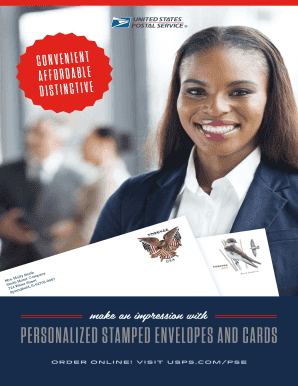
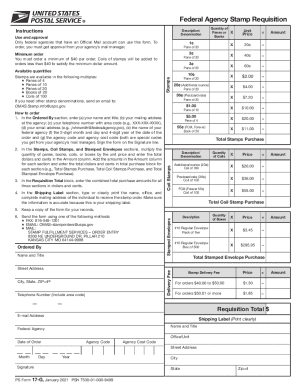
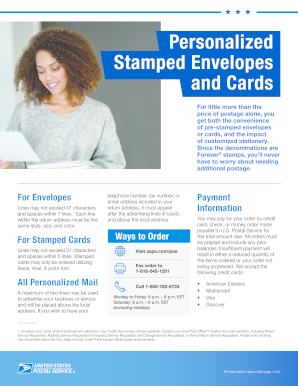
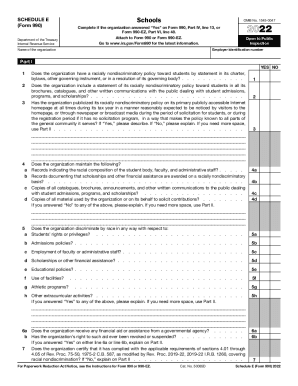
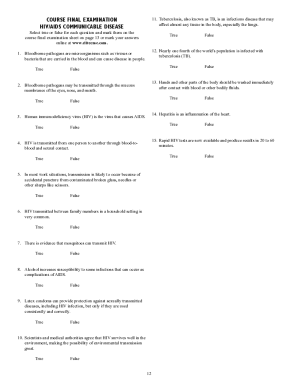


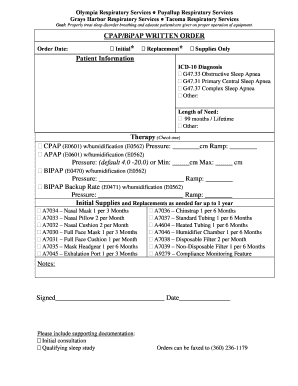
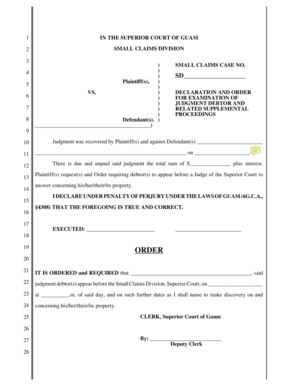
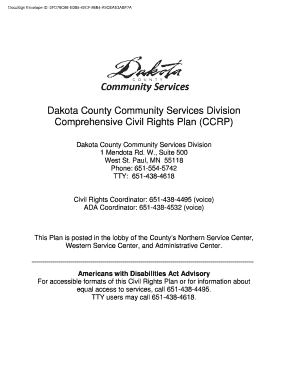
Papers administration occupies to half of your business hours. With DocHub, you can easily reclaim your office time and improve your team's efficiency. Get Envelope Order Forms category and explore all form templates relevant to your daily workflows.
Effortlessly use Envelope Order Forms:
Accelerate your daily document administration with our Envelope Order Forms. Get your free DocHub account right now to explore all templates.